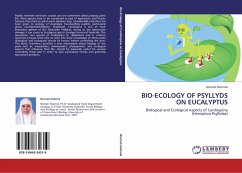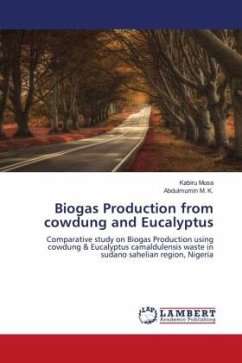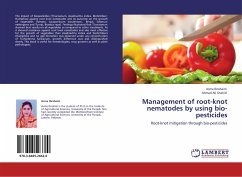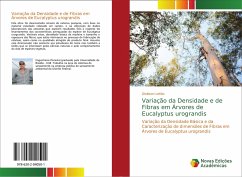Psyllids resemble miniature cicadas and are sometimes called jumping plant lice. Most species have to be considered as pest of agriculture and forests because they feed on plant juices (phloem sup). Considerableattention has been given to ecology of Australian tree-dwelling psyllids, particularly genus Cardispina(Hemiptera: Phsyllidae). Cardiaspina is one of mostimportant genera of the Australian Psyllidae, owing to the spectacular damage it can cause to Eucalyptus spp in Eucalypt forests of Australia. The population two species of Cardiaspina (C. albitextura and C. retator) reported increase from time to time. Thebasic knowledge of those pests (biological andecological) should be known before controlling the pest. This book, therefore, provides a newinformation about biology of the pests such as;ovoposition, development, phylogenetic, andecological aspects that influence their life, should be especially useful for success controlling those pest in order to save particularly forests and generally agriculture products.





